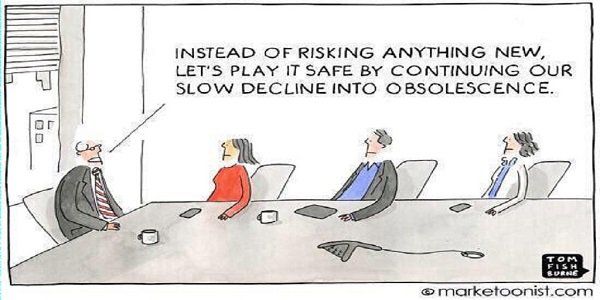When I started this article a few weeks ago, I thought things were getting less stressful with COVID starting to reduce and the economy booming. Since then, the Ukraine situation has escalated, inflation has increased, and stress seems to be rising again. All of this is a reminder that continual change seems more permanent, and we don’t necessarily know what it is or what it will be. Our strategy should focus on being flexible and preparing for whatever might happen.
For example, my and others stock portfolios dramatically increased between 2019 and 2021 by investing in high profile tech stocks like Amazon. In 2022, those and many other tech stocks are dramatically down. Thus, I am learning to diversify.
Similarly, things like COVID, mask mandates, going to back to work, entertainment, and restaurant businesses are experiencing continued uncertainty rather than a straight return to normality. In contrast, kids seem to be going back to school normally.
The most significant aspect of all of this continual change is increased stress and depression. While many of us experience the roller coaster effects of uncertainty every day, an increase in mental illness, drinking, suicides, and crime point to more long-term and serious implications.
So, what do we do? I recommend understanding some certainties, watching change, and developing more flexible strategies.
Some certainties:
There are new structural trends that are becoming embedded in our culture. While myself and others often discuss them, they need to be given more consideration in our strategies and programs. These include:
- Income inequality continues to increase.
- Technology continues to boom.
- Bureaucracies continue to be less effective.
Some changes to watch:
- The economy keeps growing.
- Labor will continue to be tight.
- These changes are producing inflation, which has not been significant for over a decade.
Ways to implement flexibility:
- Review and measure your programs on a more regular basis. In particular, evaluate the potential of alternative strategies, such as Internet versus retail.
- Allocate some of your time and financial resources to developing and evaluating new programs.
- Understand and implement programs to better manage changes like work from home, revived entertainment and networking, school, and diversity.

While change and its uncertainty are increasing, we need to give even more attention to proven best practices. These include:
- Utilize technology. It’s not going away. And, it can streamline many of your processes.
- Diversify everything: portfolios, employees, your skill-set, etc. We can’t continue living in our own little bubbles. Diversifying also exposes you to more opportunities for return.
- Be prepared to adapt quickly. Change is a constant and it’s happening rapidly these days. Don’t get left behind because you’re unprepared, or even worse, unwilling to change.
- Prioritize the 80-20 rule. It has been proven time and again that 80% of business revenues are generated by just 20% of our customers. Yet, we all continue to waste time, money, and inventory dollars on customers that bring in a lower return. This tendency frequently adds unnecessary confusion and complexity.
- Focus on service, image, and culture. These are frequently the biggest (and often least expensive) ways for small companies to develop a brand and differentiate themselves. Something to consider: In the current social climate, people are more inclined to connect with a brand or buy from a company that is aligned with a good cause and/or participates in charitable giving.
- Consider structural changes. Open systems in particular have a number of benefits including more effective problem solving, leadership, communication, and planning. It might be time to reevaluate how your company functions on a structural level and whether or not it’s producing the results you want.
It always seems that as soon as we think things are “settling down” and we’re falling into a groove, that’s when we’re thrown a curve ball. This is because we’re utilizing a mindset that craves the comfort of consistency and reliability. We need to shift our mindset to one that expects change because, while none of us can predict the future, we can, with certainty, rely on change. This might make you feel uneasy, but know that we are all in the same boat. Try to remember that staying flexible will make adapting easier. And, implementing sound, proven strategies will not only set you up for success, but put you in a position to effectively and efficiently change with change.
Related: The Discussions We Don’t Have and How That Impacts Our Success


